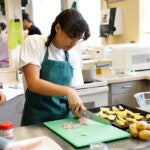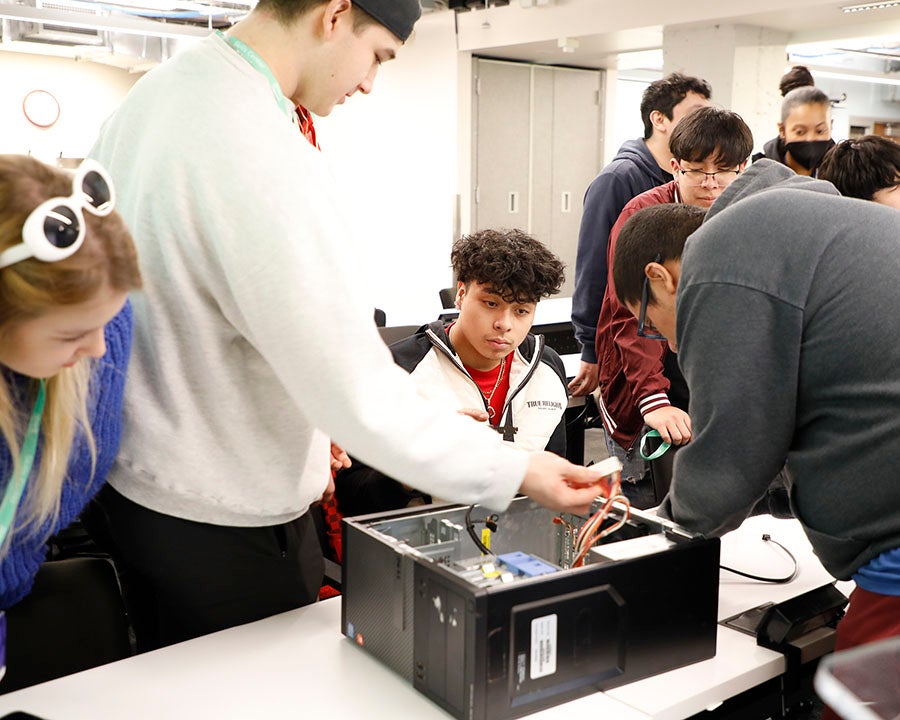Career Connected Learning
Summary : Career and technical education prioritizes preparing students with learning that begins with exploration of career options.

What is CTE?
February is Career and Technical Education Month, but many students don’t know the benefits
When seniors Ashleigh Ingraham and Sophia Waldow first heard about the culinary class at West Seattle High School, neither of them were even high schoolers. Both students had attended events where West Seattle High had provided catering services. They were amazed by the quality of the food and even more so when they learned the food was prepared by a class at the school. There was just enough intrigue for both girls to sign up to take culinary classes.
“I’ve always had an interest in cooking, so I [thought] this was a good opportunity,” Ingraham said. “Not many schools offer culinary.”
Career Pathways
The culinary classes at West Seattle High School are part of the district’s Career and Technical Education (CTE) curriculum. CTE exposes students to real-life job experience through classes that focus on strengthening their technical skills and knowledge through hands-on learning. It also engages and prepares students with the skills they need for fulfilling careers in vital, in-demand industries and occupations.
CTE broadens career choices for students, supports and promotes high quality instruction, and ensures that every secondary school has a range of CTE offerings for students, including advanced Seattle Skills Center options.
Seattle Public Schools offers CTE classes in these areas:
- Agricultural Sciences
- Arts, Design, and Graphics
- Business and Marketing
- Culinary and Hospitality
- Education and Human Services
- Health and Medical
- Information Technology
- Skilled Trades
- Science, Technology, Engineering, and Math (STEM)
Classes that fall under these categories may not seem as important when stacked up against math and language arts, but these courses are designed to give students the opportunity to grow both personally and professionally through internships and career connected learning. All students will need to take CTE courses to graduate.
Many CTE courses provide students with the potential to earn high school and college credit at the same time. Dual credit options can be earned by completing a CTE course or passing an exam. Earning dual credit in high school is connected to higher high school graduation rates, college enrollment, and degree completion.

Career Connected Learning
CTE prioritizes preparing students with learning that begins with exploration of career options. This opens their minds to a world of possibilities and helps students see themselves in professional spaces.
CTE courses continue to evolve. In the past, CTE classes were designed for students who were not keen on going to college. Skills-based classes allowed students the chance to learn a trade without the pressures of earning a degree. Now, CTE classes offer students the opportunity to “try on” a career as they learn about the field – and prepare them for college at the same time.
Linda Filley-Bentler is a CTE Teacher and Career Connected Learning Coordinator at Chief Sealth International High School. Career Connected Learning brings the world of work to the classroom. Filley Bentler recently took her class to visit the Amazon Skills Center where students met with members of Amazon’s Web Services team.
“One of my goals is to … get us out of our high school building into industries, into experiences, so they can learn more about career paths,” she said.
For students and families who want to explore CTE courses, reach out to your school counselor. Find more information about CTE.


